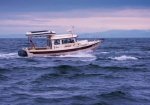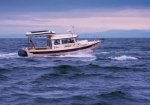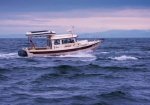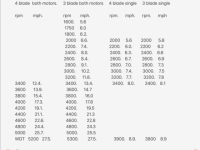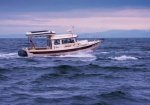Hunkydory
Active member
- Joined
- Mar 28, 2005
- Messages
- 2,745
- Reaction score
- 15
- C Dory Year
- 2000
- C Dory Model
- 22 Cruiser
- Hull Identification Number
- DOR22916I000
- Vessel Name
- Hunkydory
This summer my twin 20 year old Honda 40’s are running as well as they ever have, but being as I like to explore in remote areas where engine troubles may be more than just an expense & irritation, I’ve decided to repower with new twin Honda BF 60’s. Only their use will confirm or not the added price & extra 50 pounds total weight over the twin 40’s to be worth the benefit of having more power at lower rpm, either when running just one or both. One thing for sure, I’ll never be concerned in rough seas about boat control if one of the motors does go down like many who run a single with a kicker & I will likely be able to plane on just one motor if that option becomes necessary.
For those interested, Sportscraft Marine who is the oldest C-Dory dealership has no problem with selling & installing the twin 60 hp motors even though they are 5 hp over the max plate rated hp. The owner of Sportscraft Marine informed me, as I already knew, that their is no legal requirement for hp ratings on a power boat over 21 feet. The rated hp from the factory for the CD22 is a recommendation only, though in the motor mounting process they will be making sure my transom is sound. Also the total weight of the twin BF 60’s are the exact same as the Honda BF115 that C-Brat, Lew had mounted on his CD22 without a kicker.
Jay
For those interested, Sportscraft Marine who is the oldest C-Dory dealership has no problem with selling & installing the twin 60 hp motors even though they are 5 hp over the max plate rated hp. The owner of Sportscraft Marine informed me, as I already knew, that their is no legal requirement for hp ratings on a power boat over 21 feet. The rated hp from the factory for the CD22 is a recommendation only, though in the motor mounting process they will be making sure my transom is sound. Also the total weight of the twin BF 60’s are the exact same as the Honda BF115 that C-Brat, Lew had mounted on his CD22 without a kicker.
Jay

